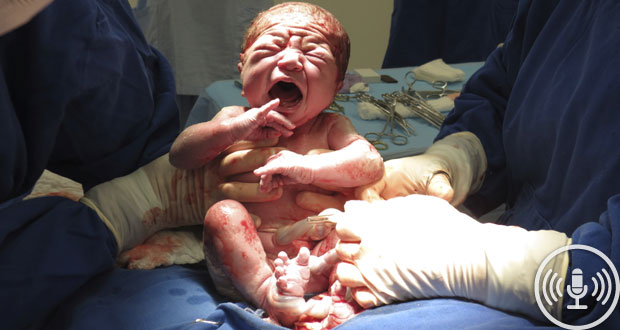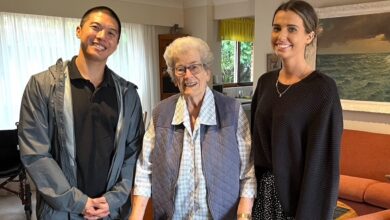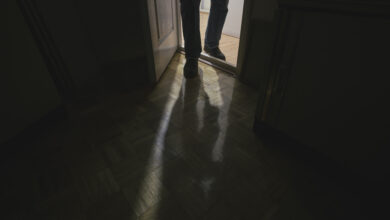‘Normal’ births declining in Queensland

Women are more likely to have a normal birth in the public system and Queensland figures for such births lag behind those seen in the UK, new research has found.
Associate professor Yvette Miller, from QUT's Institute of Health and Biomedical Innovation, said: “What we found in two samples of Queensland women who’d had a recent birth was that between 27 and 30 per cent of all women giving birth were actually having a birth that met [the] definition of a normal birth (one without induction of labour, epidural or general anesthetic, forceps, or surgical procedures, including caesarean or episiotomy).
Miller continued: “That was quite a bit lower than some of the other estimates from other countries, mostly in the UK, which had shown that around 40 per cent and up to around 60 per cent of women in those countries were having a normal birth. That was interesting – we’re a little bit behind the 8-ball there."
She said the research team wanted to look at what might affect women’s odds of having a normal birth here. “One of the main drivers we found was the type of birth facility that women were in when they had their baby,” she explained. “Women who had their baby in the public system were more than three times as likely to have a normal birth as women who had their baby in the private system.”
Results of an analysis of 772 women who gave birth in Queensland in 2009, published in the journal Midwifery, found that although 66 per cent of women had a vaginal birth, only 30 per cent of all women had a normal birth.
Miller said: "Even among those women who had labour and a vaginal birth, there were much higher chances of a normal birth for those who were in public hospitals than those who had their baby in a private facility – a dramatic difference of 52 per cent of publicly birthing women versus 30 per cent of women who birthed in private facilities.
Overall, the team found that the key determinants for better chances of a normal birth were using public hospitals, birthing outside business hours, not having continuous fetal monitoring, walking around during labour, and not being supine during birth.
Miller said an analysis of 5840 women who birthed in Queensland in 2012 showed that of those surveyed, 27 per cent had a normal birth, a drop in the estimates from 2009.
"To arrest this ongoing decline, we need further research on how to ensure that women's decisions about key features of clinical practice are aligned with the type of birth they want," she said. "For the majority of women who want a less-medicalised birth, opportunities to move around and avoid lying flat during birth are important."
Email: [email protected]





